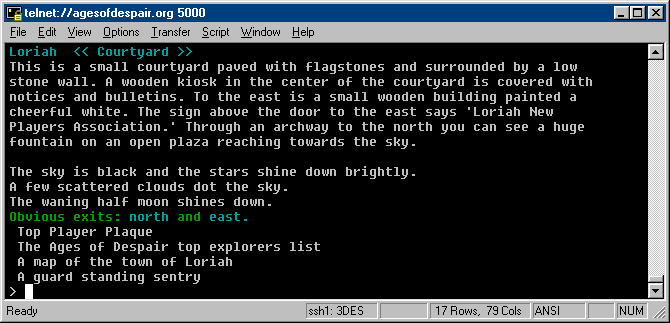
When two separate discussions that I conduct converge, I know that I’m onto a topic I need to blog about.
I’ve written about affiliate fads in a different blog post. It’s interesting, but in the past month I’ve seen one product launch and three webinars (so far!) that deal with, yes – making money using Twitter. I find this amusing since this is an old fad that’s making a comeback and I honestly never expected that it would. Most affiliate marketers scoff at anything related to Twitter.
So is it possible to make money on Twitter? I’ve been (very) active on Twitter for a long time, though recently I have reduced my activities for various reasons. I do think it’s fair to consider Twitter a platform for making money, however, it’s not one of the best places to do so. Despite its flaws, twitter is a fantastic platform for other money-related activities though.
Here’s a survey of methods I know of that can be used to make money using Twitter. There are probably more, some I forgot, and some I am not aware of. I’ve classified them to the good (effective), the bad (ineffective) and the ugly (misleading). This classification is, of course, based on my own opinions and others may not agree with it.
The Bad (ineffective)
- Affiliate links: the most obvious way of generating money with Twitter. You tweet a link that promotes an affiliate offer: if someone buys a product/fills in details, you get commission. It’s as simple as it gets. Theoretically, if you have a large number of followers or a very targeted group of followers, it could work.
There are two problems: first, normally it just doesn’t work – the percentage of people who actually buy/fill in details is very low. Yes, you can make money, but very little money. Worse, because Twitter users are so used to spam, they’ve become extra sensitive to anything that even sounds like an attempt of making money. A person who tweets affiliate links, even if they are completely beneficial to all parties involved (i.e. freebies) will often find himself blocked and reported for spam, and some people will even tell him they do intend to do so. Happened to me more than once.
- Barging into conversations: I believe this is the method that is recently promoted, particularly since I seem to see it a lot more than I used to. For starters, I want to declare I’ve never tried it myself so can’t say with absolutely certainty whether it works or not. However, with that being said, I don’t believe it does.
This method consists of searching on Twitter for people who discuss a certain topic, say, for keywords such as “losing weight” or “diet”, etc, and sending them a very relevant affiliate link. In theory it’s not a bad idea (“You’re helping people”). In practice? Rude.
I’ve had conversations with people where suddenly someone would “jump in” and offer me something that was relevant to a point I made. Almost always it was something I only casually mentioned, so I wasn’t even looking for anything related. It is my belief – and let me emphasize that being an affiliate marketer I am obviously affiliate friendly – that most people consider it the worst kind of spam, since this is spam that actively barges into your Twitter activities. I know that when this happens to me, I always ‘block and report as spam’. If a friend were to offer this to me, or someone I knew, I would be much more open to this idea. But this method doesn’t suggest building long term relationships but rather jumping in with an affiliate offer – and never has any friend sent me affiliate links on Twitter.
Like I said, I never tried it myself so who knows, maybe it does work. But the people I know – and I know quite a few – would treat this as the worst kind of behavior on Twitter.
Continue to part two of ‘Making Money On Twitter‘ .







